During the first session of the Agroecology course, we were introduced to the concept of bi-annual rotation agricultural system and its importance in restoring soil quality. Every Monday was spent actively taking care of the plant beds as part of Valldaura’s Living Labs. We prepared the beds by removing weeds, tilling the compact soil, mixing it with horse manure and adding a layer of straw to trap sufficient moisture for the plants. We researched on what plants would thrive in the Autumn-Winter season and gathered information on their sowing period; harvest period; required spacing and water, sunlight and moisture requirements.
Leafy plants were planted next to the Brassicaceae as they absorb good amount of nitrogen from the soil as well. The Leafy group were responsible of managing 5 plant beds. The following plants were chosen and planted on the 17th of October:
- Lettuce Trocadero
- Lettuce Romaine
- Spinach
- Swiss Chard
- Coriander
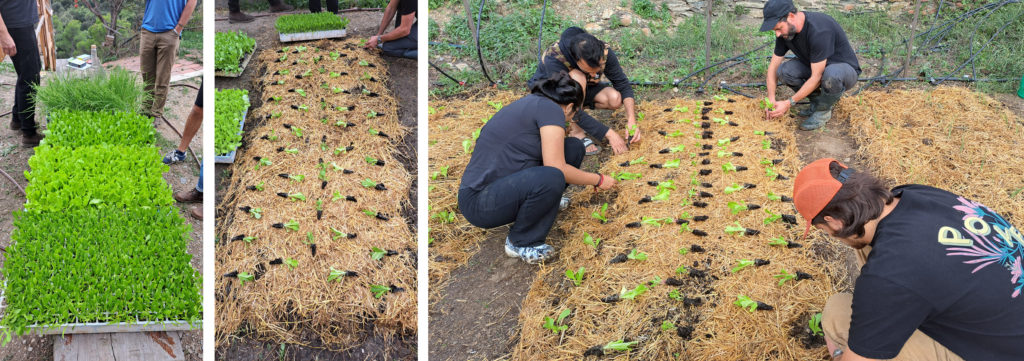
All plants were planted as saplings and were intercropped with the understanding that plants compliment each others growth. Rows of lettuce Trocadero and lettuce Romaine were planted with rows of baby spinach, coriander or swiss chards. The plant beds were watered down regularly and by the end of semester, the rain took care of the plant’s water requirement. We also removed weeds from the beds regularly.
R1.06 Lettuce Trocadero, Lettuce Romaine, Baby Spinach
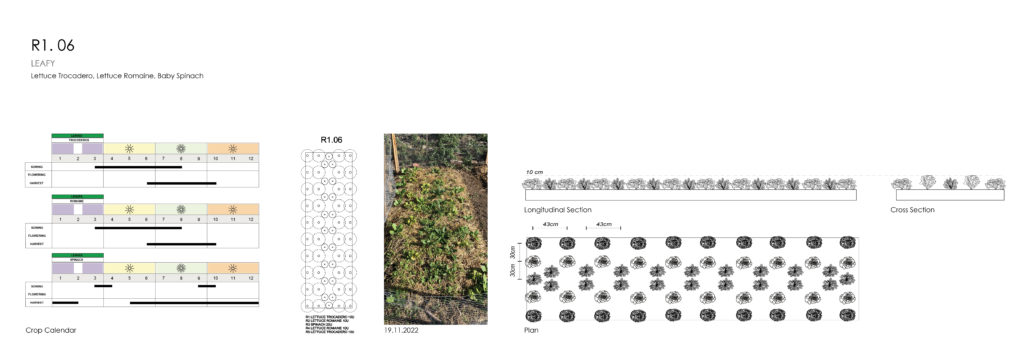
R1.07 Lettuce Trocadero, Lettuce Romaine, Baby Spinach
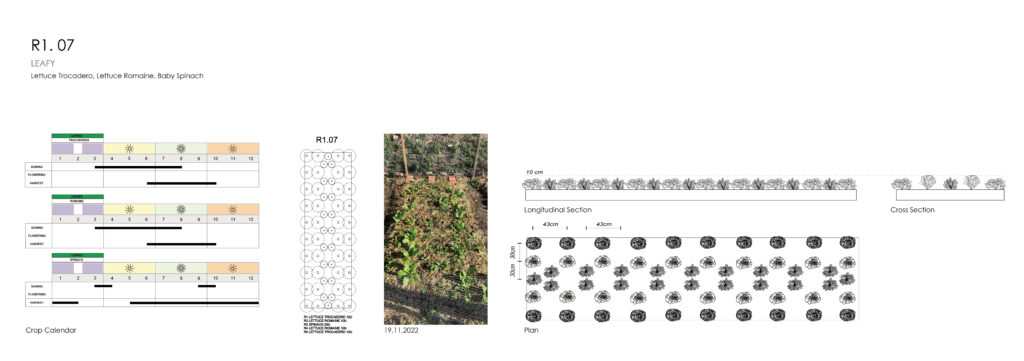
R1.08 Lettuce Trocadero, Lettuce Romaine, Coriander
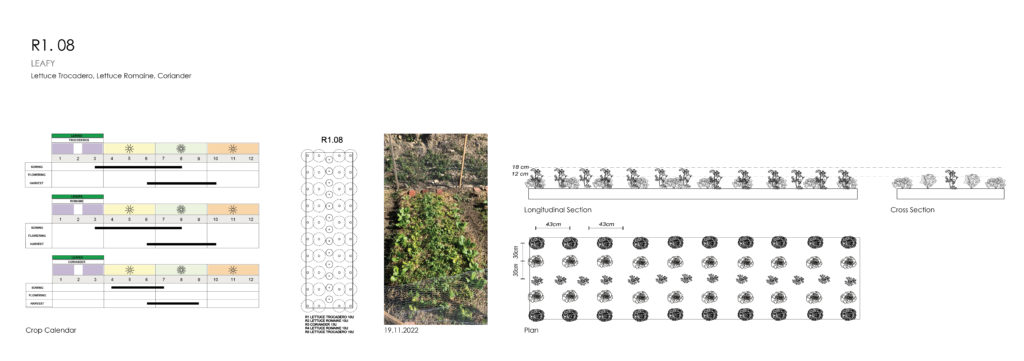
R1.09 Lettuce Trocadero, Lettuce Romaine, Swiss Chard
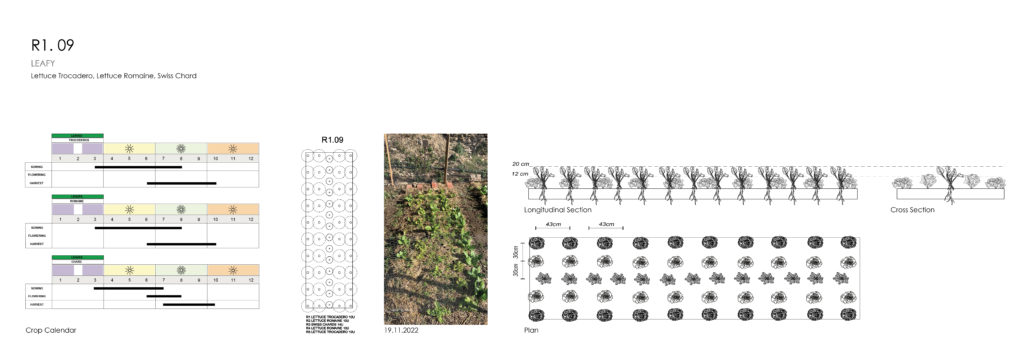
R1.10 Lettuce Trocadero, Lettuce Romaine, Swiss Chard and Coriander
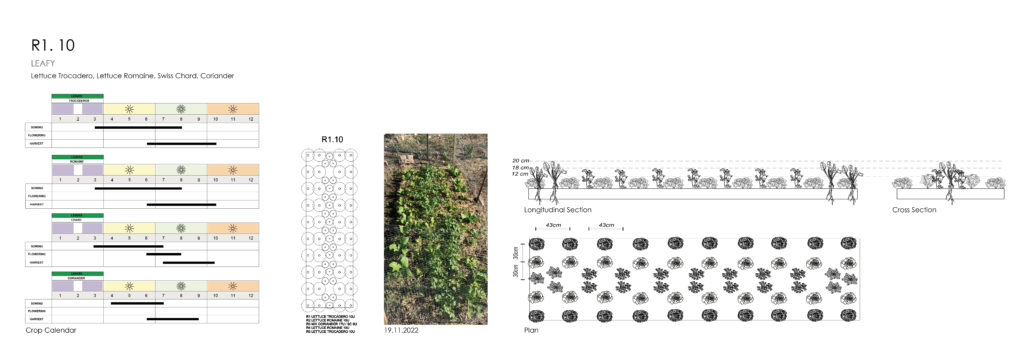
We were also involved in other projects that were connected to the plant beds directly or indirectly. A major task was building a fence around the plant beds to avoid rabbits and boars from entering the plant beds. Other doors and fences were fixed or added around the perimeter of the terraces in an attempt to avoid wild boars from attacking the crops. A camera was set up to document the the exit/ entry points and the route that the boars take. We also took aerial footage of the beds using a drone.
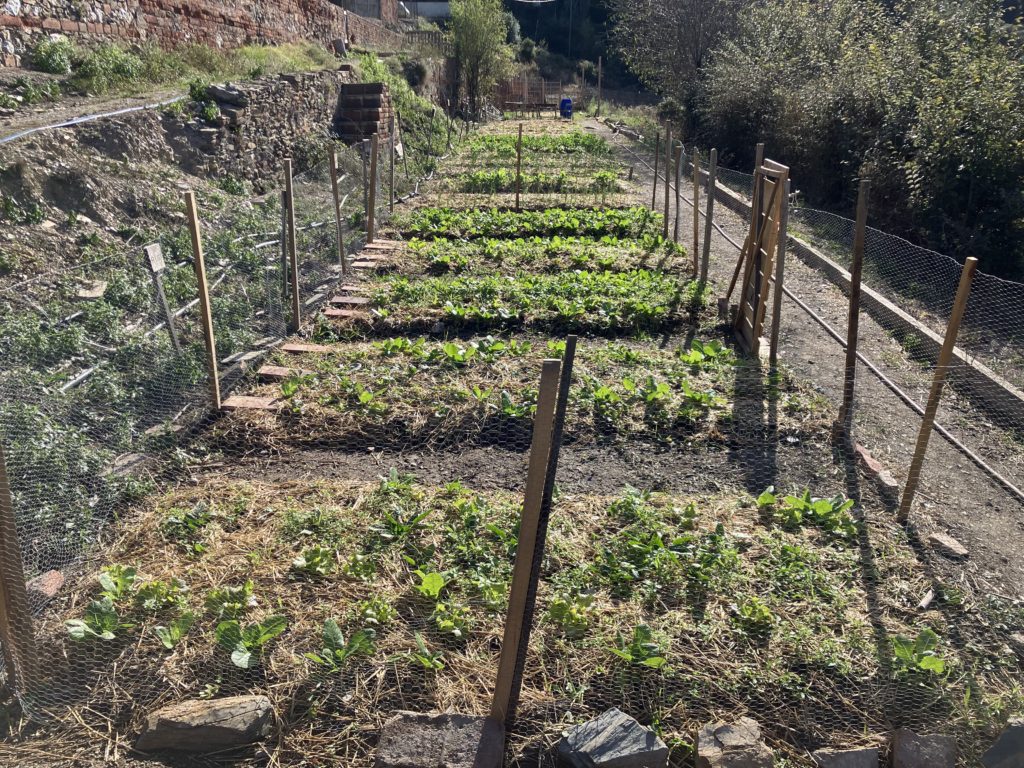
While the fence protected the plants of the Leafy group from most boar attacks, the fence was broken in the end of November and only coriander and few lettuce plants were left behind. Boars graciously left the coriander behind because they do not like the powerful taste of onions or coriander. The plants grew well over the duration of two months, until they were eaten by the boars. Baby spinach did not grow well and we intend to add compost to support its growth.
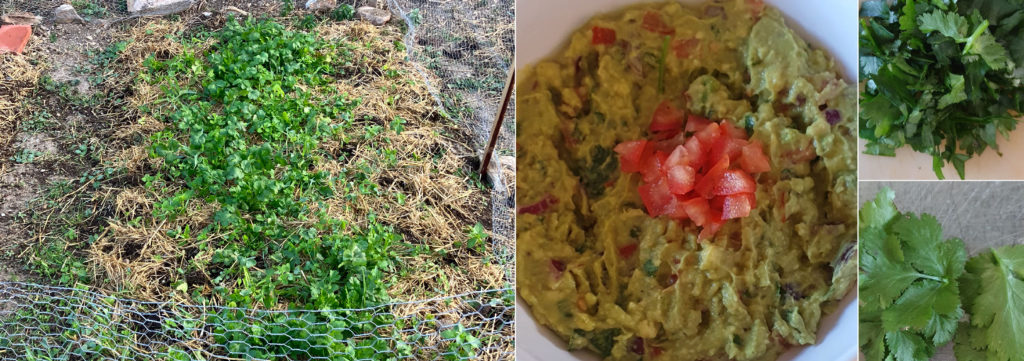
For the next semester, we look forward to fix the fence and plant new saplings to the plant beds. We plan to grow more saplings from seeds in the greenhouse and garlic alongside the leaves as they supplement the growth of most leafy plants. This process would be done without tilling the soil to maintain the microbiome and the mycelium systems. The MAEBB batch of 2022-23 is also excited to harvest more plants and bring it to the kitchen!

